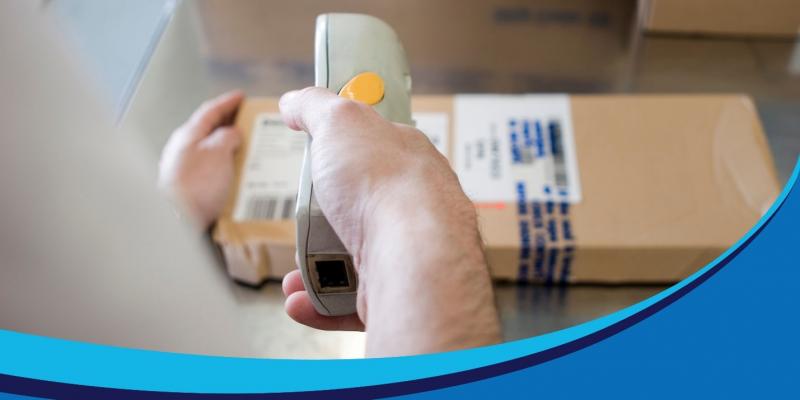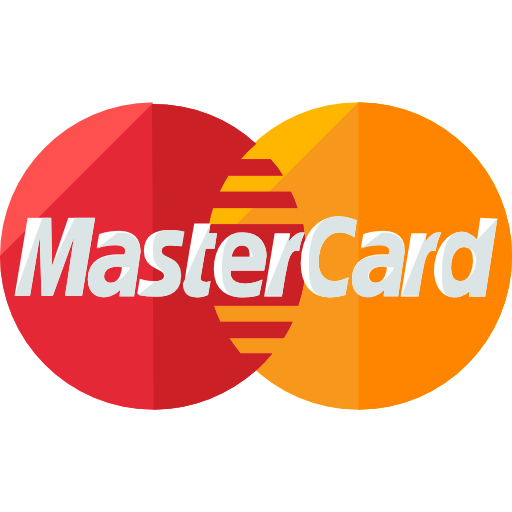News
POS Barcode Scanner Philippines EC Electronics, Limited
Thursday, July 1, 2021Table of Contents
- Introduction
- Essential Parts of a POS System
- Monitors
- Cash Register
- Barcode Scanner
- How Does a POS Barcode Scanner Work?
- Black and White Stripes Represent Numbers
- The Numbers Underneath Are Not Random
- Barcode Scanners Can Recognize White and Black Lines
- Benefits of Using the Barcode System on Your Shop
- Allows for More Efficient Transactions
- Reduces Human Error When Making Sales
- Makes It Easier to Do Inventories
- Is Easy to Install and Use
- Different Types of Barcodes and Scanners
- Helpful Tips When Purchasing a New POS Barcode Scanner
- Conclusion
Providing You With High-Quality POS Barcode Scanners in the Philippines
A point-of-sale (POS) system is used in many establishments, but they are most commonly found in groceries, malls, restaurants, pharmacies, and other retail shops. This electronic system allows cashiers to quickly list down all the products being bought by a customer. Store managers, meanwhile, can quickly learn about the number of available stocks for each item.
One of the most important parts of the whole system is the barcode assigned to each item. However, for your POS system to work properly, you need to have a high-quality barcode scanner. That is what we offer here at EC Line. Contact our partner store, Grand Tech Int'l Ent. Corp., to purchase a new POS barcode scanner in the Philippines.
Essential Parts of a POS System
When buying a POS system for a retail shop, many people recommend purchasing a whole set at once. This is the best way to ensure that all the components, possibly made by the same manufacturer, will be compatible with each other. However, if you want to save a bit, it is also possible to assemble the whole system on your own. You just have to purchase all of the essential parts, which are:
CPU and Monitors
The core of the modern POS system are the CPU and the monitors. Without these parts, the whole system will not function at all. After all, the CPU is responsible for running the POS software that you are using. The monitors, meanwhile, are there to display sales data. When assembling your whole POS system, it is a good idea to have two monitors: one for the cashier and another one for the customer.
Cash Register
Cash registers, sometimes also called cash drawers, are used to store bills and coins that your customers pay for the products they buy. Copies of receipts, credit card documents, and other transaction documents are usually also stored there. The drawer will open with a single click of a keyboard and produce that high-pitched bell sound. That “ding” was traditionally used to prevent employee theft.
Barcode Scanner
With an electronic POS system, you do not have to manually write the list of products bought by a customer on paper. Instead, you just have to scan the barcodes on each item, and the computer will accomplish everything else for you, like display transaction information and print receipts. This is why a barcode scanner is an essential part of the whole system.
Barcode scanners are sometimes mounted on a table, which can be more efficient for cashiers in groceries and other large retail shops. Hand-held scanners can be a little harder to use, but they and more affordable. Learn more about the price of a POS barcode scanner in the Philippines. Contact Grand Tech Int'l Ent. Corp. today! We sell high-quality POS devices manufactured by EC Line.
How Do Barcode Scanners Work?
While barcodes were invented in the late 1940s, they were never actually used for commercial purposes until the early 1970s. After all, it was only around that time when the first high-functioning scanners were developed. However, even though barcodes have been used in the retail industry for quite a while, the way they work still baffles many people. There is no magic behind it, but the process can still be a bit complex.
Black and White Stripes Represent Numbers
Barcodes look like a set of black and white stripes with varying thicknesses. The truth, however, is that each of those vertical lines has the same width. Some of them appear thick because they are two or more lines of the same color placed beside each other.
Each line represents a binary digit (0 or 1), which the computer translates to actual data. Once the numbers are read, the information that the code corresponds to will be shown on the monitor.
The Numbers Underneath Are Not Random
While it is true that computers are designed to process things faster, it does not necessarily mean that they are entirely without flaw. In rare cases, the barcode might be unreadable for a variety of reasons. When this happens, the cashier can simply input the numbers to the computer to show the data about the product.
Barcode Scanners Can Recognize White and Black Lines
Using barcodes makes everything more efficient, but you need a scanner to read those stripes and transfer the information to the computer. The scanner is used to flash laser light onto the barcode to distinguish white lines from black ones. Once it is done, the device will translate it to binary digits and immediately transmit the information to the computer.
All of these things happen in just about a second, especially if you are using high-quality barcode scanners and fast computers. If you want to purchase a new POS barcode scanner in the Philippines, contact Grand Tech Int'l Ent. Corp. today. We sell top-of-the-line electronic products, including all kinds of POS machines manufactured by EC Line. Get in touch with us today for more information.
Benefits of Using the Barcode System on Your Shop
There have been a lot of improvements in the barcode system since its inception in the 1940s and its first commercial use in the 1970s. However, while there have been so many developments in the system, the main reason they are being used remains the same. They offer quite a lot of benefits to the retail store managers and business owners, such as the following:
Allows for More Efficient Transactions
The first barcodes were invented to make each transaction more efficient (and thereby eliminate long lines in grocery stores). This is exactly what happens when you have a barcode system in place. With each sale, you no longer need to list down items being bought and manually compute their total cost. All you have to do is scan the codes and press a few buttons, and your computer will do the rest.
A barcode system cannot totally eliminate long lines in grocery stores. What it can offer, however, is an increase in the productivity of cashiers. They can serve more customers because they are doing less work per transaction.
Reduces Human Error When Making Sales
Without a barcode system, cashiers will have to do longhand computations, which is prone to miscalculations and other kinds of human errors. Even if they can use calculators, it is hard to tell if they can actually press the right key and input the right numbers 100% of the time. Since cashiers handle cash, any mistake may spell trouble in the long run, so it is best to reduce errors as much as possible.
By putting up a functional barcode system for your shop, you can eliminate human errors in each transaction. Cashiers no longer have to compute total costs manually, so there is virtually no room for making mistakes. However, they still need to be careful when scanning items to ensure that everything a customer buys is accounted for.
Makes It Easier to Do Inventories
Cashiers are not the only ones who will benefit when you install a barcode system for your shop. Those who do the inventories can easily monitor the number of items in stock. Since everything is automated, the computer will store all the data about your products, including their current supply in your warehouse. When one of your products is bought, the system will automatically update the number of your stocked items.
In more advanced systems, a notification will flash on your monitor if some of your products are almost sold out. This way, you can immediately replenish your supply and avoid having “out of stock” items in your store.
(To be continued!)













